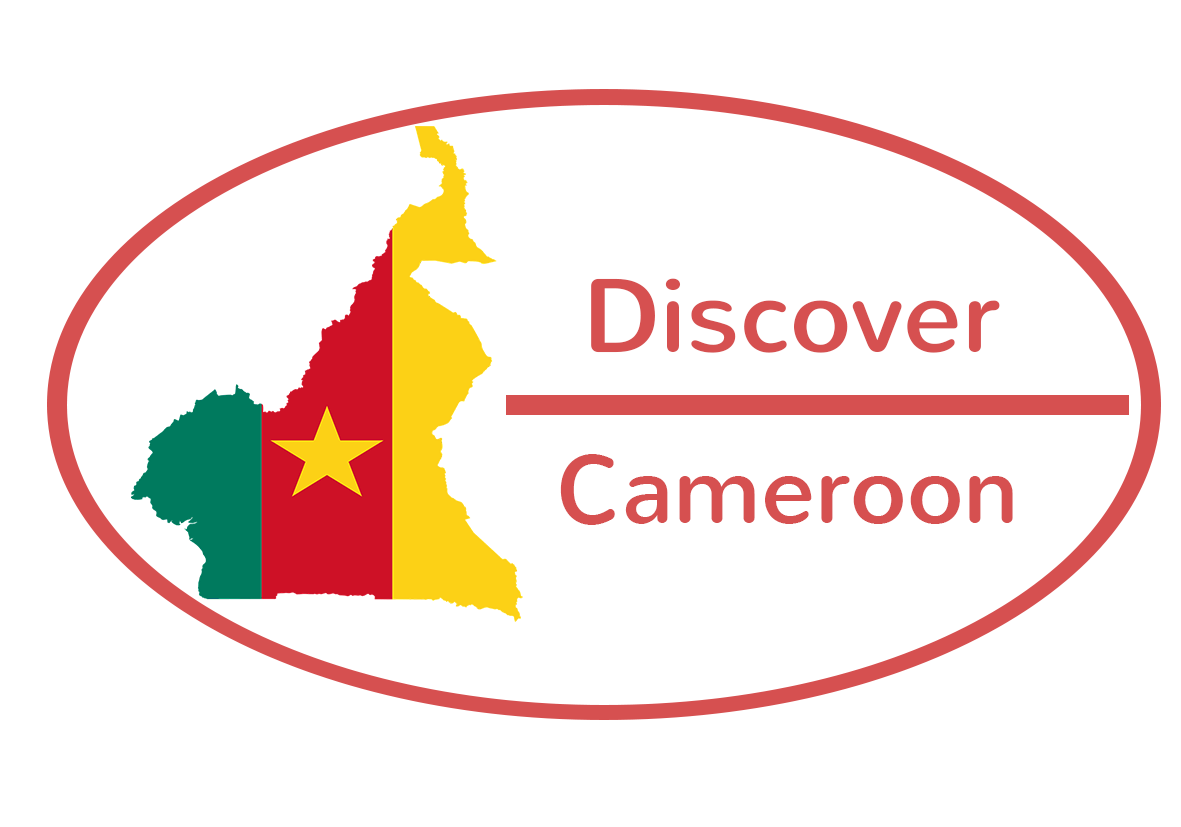Cameroon National Parks
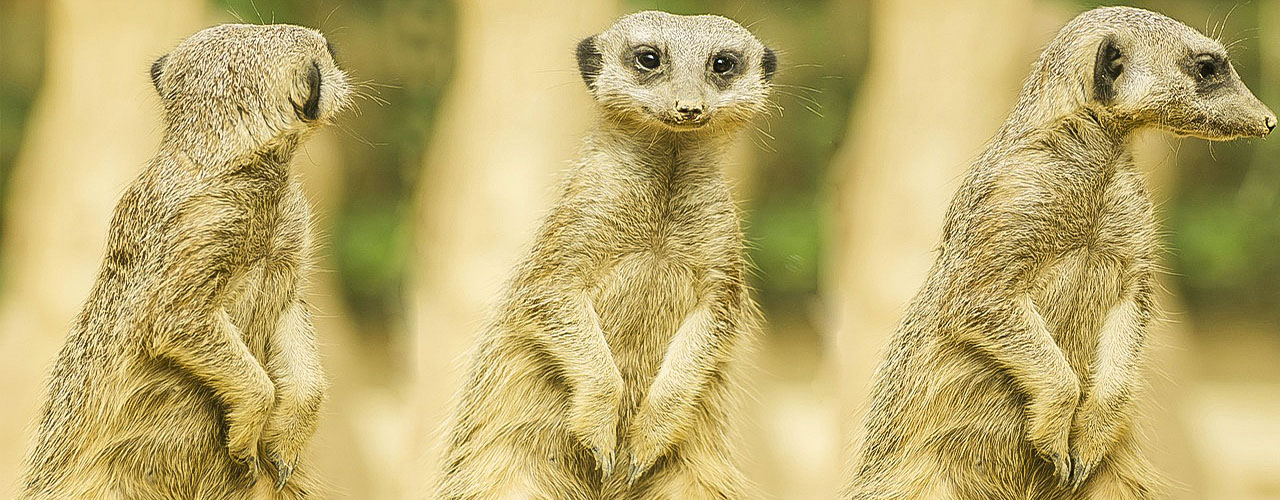
Cameroon has several protected areas spread over the entire country. They are home to many plants and animals species, and visitors can experience an unforgettable safari.
BOUBA NDJIDA National Park
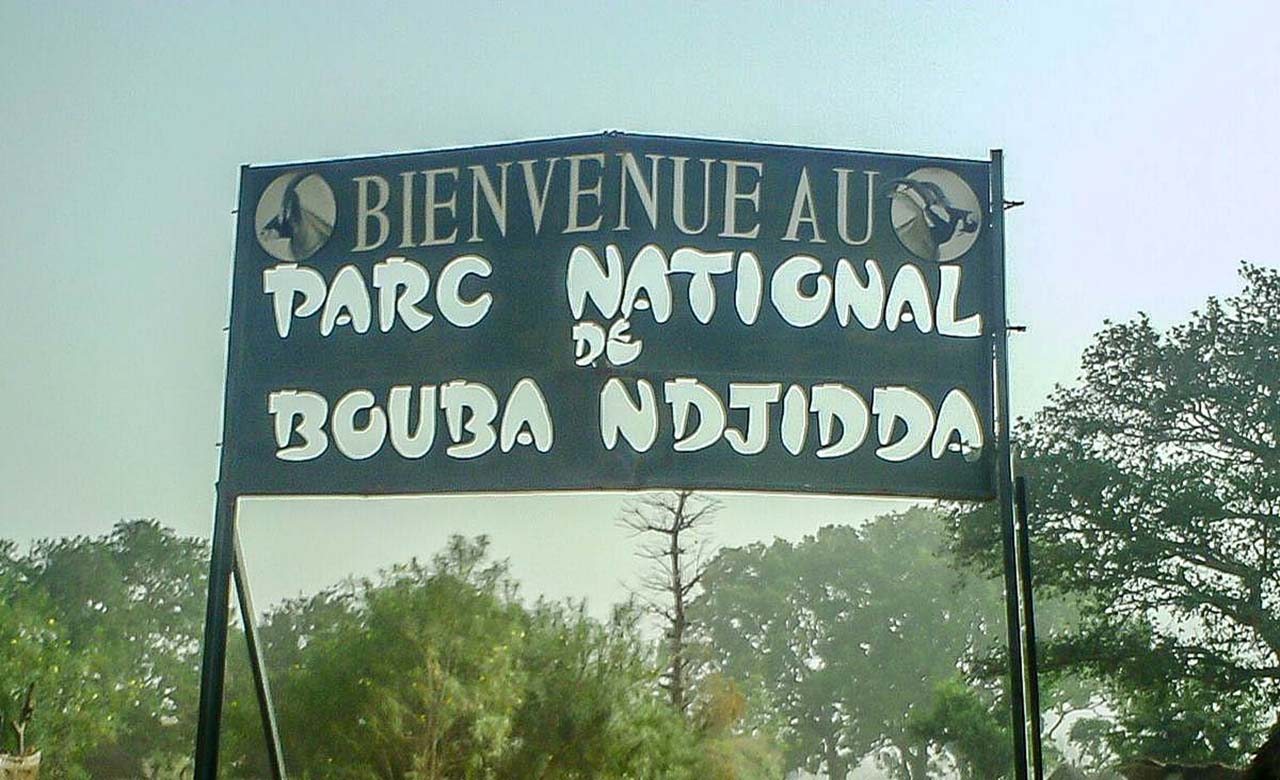
WAZA National Park
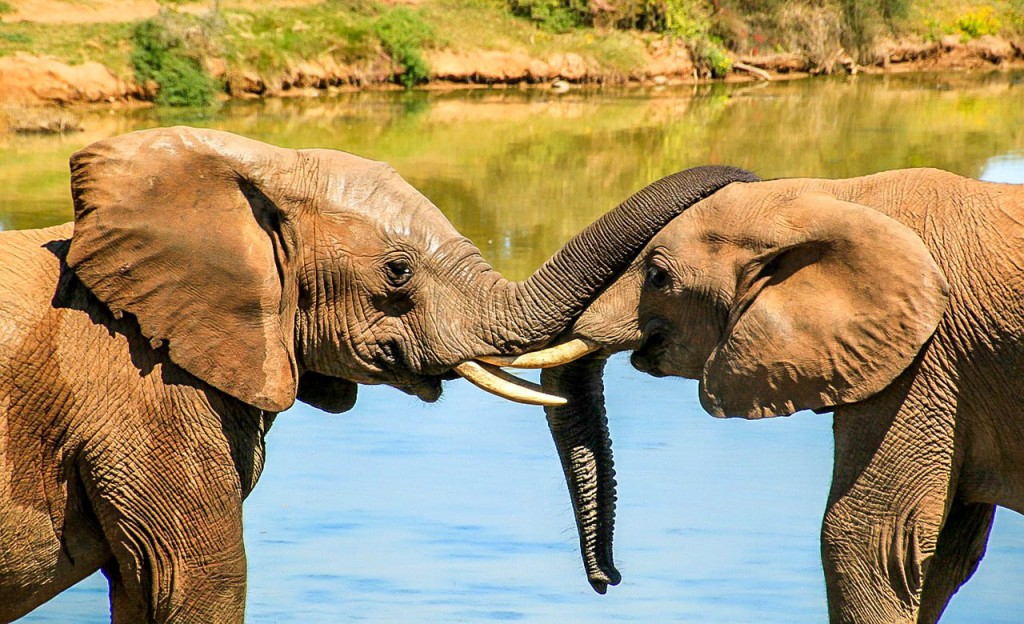
Located in the Far North region, it was created in 1934 as a hunting reserve and became a national park in 1968. It covers an area of 170,000 ha and has been a UNESCO biosphere reserve since 1979. Located in the heart of the Sahelian zone, the Waza national park seems richer than all those located in the same climatic zone in French-speaking Africa. Apart from unpredictable natural phenomena such as drought, the park is of a size that allows it to provide a viable habitat for the various species it shelters. It is an important
LOBÉKÉ National Park

Located in the eastern part of Cameroon in the heart of the humid equatorial forest, the Lobéké national park was created on March 19, 2001, and covers an area of 217,854 ha. Lobéké National Park is part of the Congo Basin which is located in the extreme south-eastern part of Cameroon. It is bounded on the east by the Sangha River which serves as Cameroon’s international border with the Central African Republic and the Republic of Congo. It is adjacent to two other reserves in CAR and Congo. To the northwest is
Boumba Bek National Park, another national park in the eastern province of Cameroon. It is part of the Sangha Trinational which is a cross-border complex that brings together the Lobéké National Park in Cameroon, the Nouabalé-Ndoki National Park in the Republic of Congo and the Dzanga-Ndoki National Park in the Central African Republic (total area of 746,309 hectares).
Climate
The tropical climate is characterized by an alternation of 4 seasons, including two rainy seasons and two dry seasons. A rainy season from September to November, a dry season from November to March, another rainy season from March to June and a dry season from July to August. Its relative humidity varies between 60 and 90% while the annual precipitation is 1500 mm. Average monthly temperatures range from 23.1 ° C to 25 ° C, with an annual average of 24 ° C.
Flora and Fauna
Lobéké is mainly a semi-evergreen forest, the main part of which is not logged. The National Park has more than 300 species of trees and the forest is characterized by a wide variety of plants. Dominant species include Sterculiaceae (Triplochiton, Pterygota), Ceiba pentandra, and Terminalia superba. The understory consists of Marantaceae – Zingiberaceae, or Ebenaceae and Annonaceae trees. Near streams, there are clusters of Gilbertiodendron dewevrei and thickets of palm trees and sedge marshes border the savannas. The National Park is home to around 45 species of mammals including buffaloes, a high density of African forest elephants, leopards, Bongos and several other species of antelope, primates such as western lowland gorillas, chimpanzees, mangabeys as well as ten species of forest ungulates. In addition to mammals, the wildlife inventory includes 305 species of birds, 215 species of butterflies, 134 species of fish, 18 species of reptiles and 16 species of amphibians. The national park is also an important area for birds. Over three hundred species of birds have been recorded here including the African green pigeon, hornbills, yellow-throated cuckoo, screech owl and chocolate-backed kingfisher.
The Clearings
Forest clearings also called Bai, rich in salt, large in area sometimes the size of a football field, are real attractions to the fauna of the park. In Lobéké, 6 clearings are subject of special surveillance: the clearings of Bolo, Djangui, Ndangaye, Ngoa, Djaloumbe and the Petite Savane. Watchtowers have been built to observe the park’s birds, gorillas, elephants and other mammals. Watchtowers are wooden structures that serve as a platform for viewing animals visiting the clearings. These spaces are used by mammals such as elephants, gorillas, buffaloes, antelopes, bongos and sitatungas for their food.
Boumba Bek and Nki National Parks
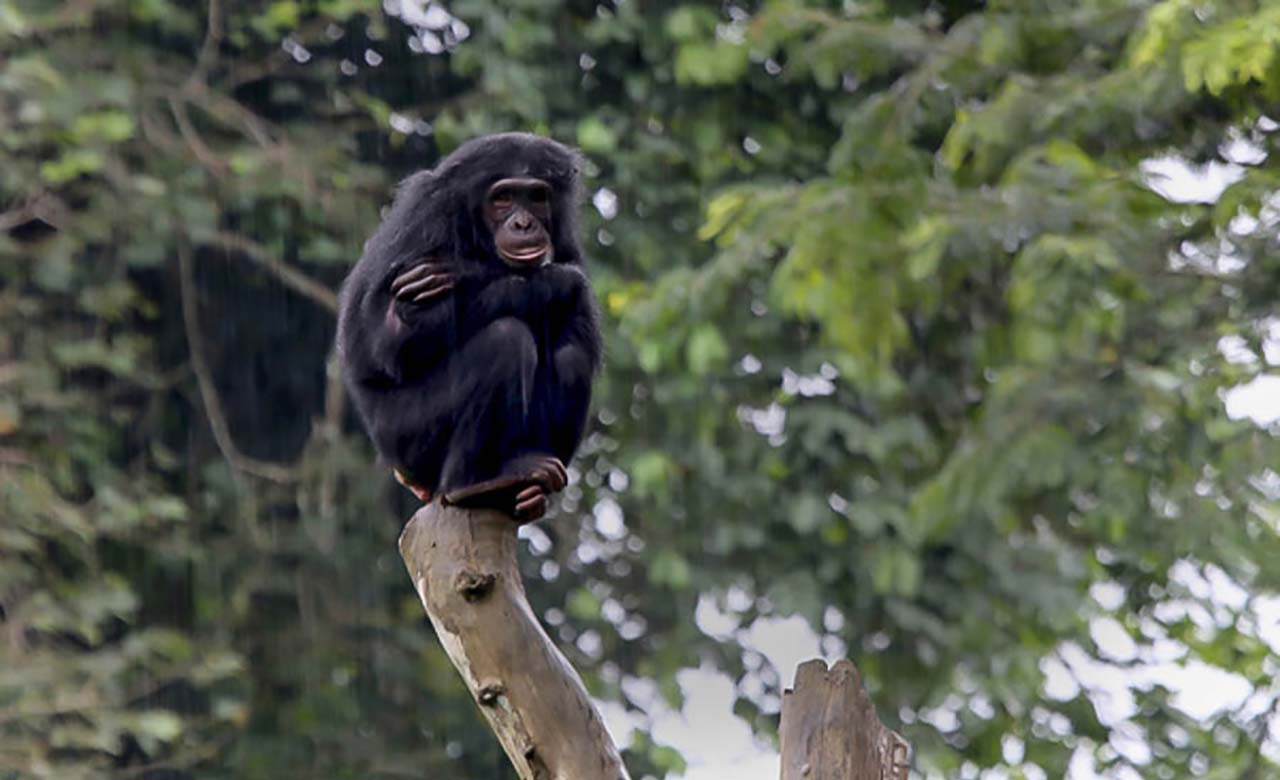
Located between the Dja Wildlife Reserve and Lobéké National Park, the Boumba Bek and Nki complex are two contiguous national parks created in October 2005. They cover an area of 547,617 ha, respectively 309,362 ha for Nki and 238,255 ha for Boumba Bek. Together, these national parks constitute the largest protected area in Cameroon. Exceptional natural beauty, the multiple clearings or Bai make it easier to observe wild animals. The falls of Nki and the rapids of the river Dja give the site a marvelous beauty.
The area of 547,617 ha is large enough to provide a viable habitat to the flora and fauna of the park. Human pressure is very low and constitutes an important preservation element.
Climate
The tropical climate is characterized by an alternation of 4 seasons, including two rainy seasons and two dry seasons. A rainy season from September to November, a dry season from November to March, another rainy season from March to June and a dry season from July to August. Its relative humidity varies between 60 and 90% while the annual precipitation is 1500 mm. Average monthly temperatures range from 23.1 ° C to 25 ° C, with an annual average of 24 ° C.
Hydrography
Due to his shape, the relief has an influence on the hydrographic system, whose waters from the main rivers flow southward to join the Dja and Ngoko rivers which are also tributaries of the Congo River.
Flora
Nki and Boumba Bek national parks are made up of a mixture of evergreen forest, semi-deciduous forest and mixed forest. Between these three large ecosystems are scattered dry savannas, wet savannas, dry meadows, wet meadows, raffia forests, Gilbertiodendron dewewrei forests, etc. Almost 14 types of plant formations have been found here with almost 831 species of plants with a diameter of more than 10 cm breast height. The Boumba-Bek and Nki national park complex constitute the southeastern limit of the distribution area of Moabi “Baillonella toxisperma” which is highly prized for its oil.
Fauna
In terms of biodiversity, the researchers estimate that the parks are home to around 180 mammals, including 34 species of large mammals. Cameroon’s forests are home to one of the highest densities of elephant populations in the world. In the national parks of Boumba Bek and Nki, there is a density of elephants of about 2.5 per km². Gorillas are also abundant, around 6,000 adult gorillas. The parks are also home to other primate species such as the crested macaque, which is an endangered species, the De Brazza monkey and the black colobus, buffaloes, bongos, sitatunga, giant forest hog, forest antelopes (mostly duikers), harnessed bushbuck, giant forest pigs, leopards, Nile crocodiles, bush pigs, panthers, chimpanzees, African pygmy squirrels (Myosciurus pumilio) which are tiny squirrels classified as vulnerable and registered on the IUCN red list. The various inventories of mammalian have made it possible to identify a colony of so-called “white chimpanzees” because of their clear faces, with very evolved behavior. The colony is established in a single territory located at the eastern limit of the two parks. The park is also home to 121 species of fish and 96 species of Lepidoptera. Two small owls coexist due to similar habitat requirements, the Sjostedt owl and the African barred owl.
Avifauna
National parks are teeming with important avifauna, according to a 20-day study by BirdLife International, 265 species of birds have been recorded. The National Parks are located between the Dja Wildlife Reserve and Lobéké National Park in which 320 and 305 species of birds have been respectively identified. Boumba Bek National Park is qualified by the NGO Birdlife International as an area of importance for bird conservation, there are also found large colonies of red-tailed parrots.
KORUP National Park

Located in the Southwest region, Korup National Park was created in 1937 as a forest reserve and declared a National Park in 1986. It covers an area of 126,000 ha, the southern part of which is almost virgin. It is one of the oldest and richest tropical forests in Africa in terms of flora and fauna diversity. The park is 50 km north of the Bay of Biafra and shares a 15 km border with Cross River National Park in Nigeria. One of a kind for its diversity, it is considered one of the oldest tropical rainforests in the world. It survived the Ice Age and today looks like a
CAMPO MA’AN National Park
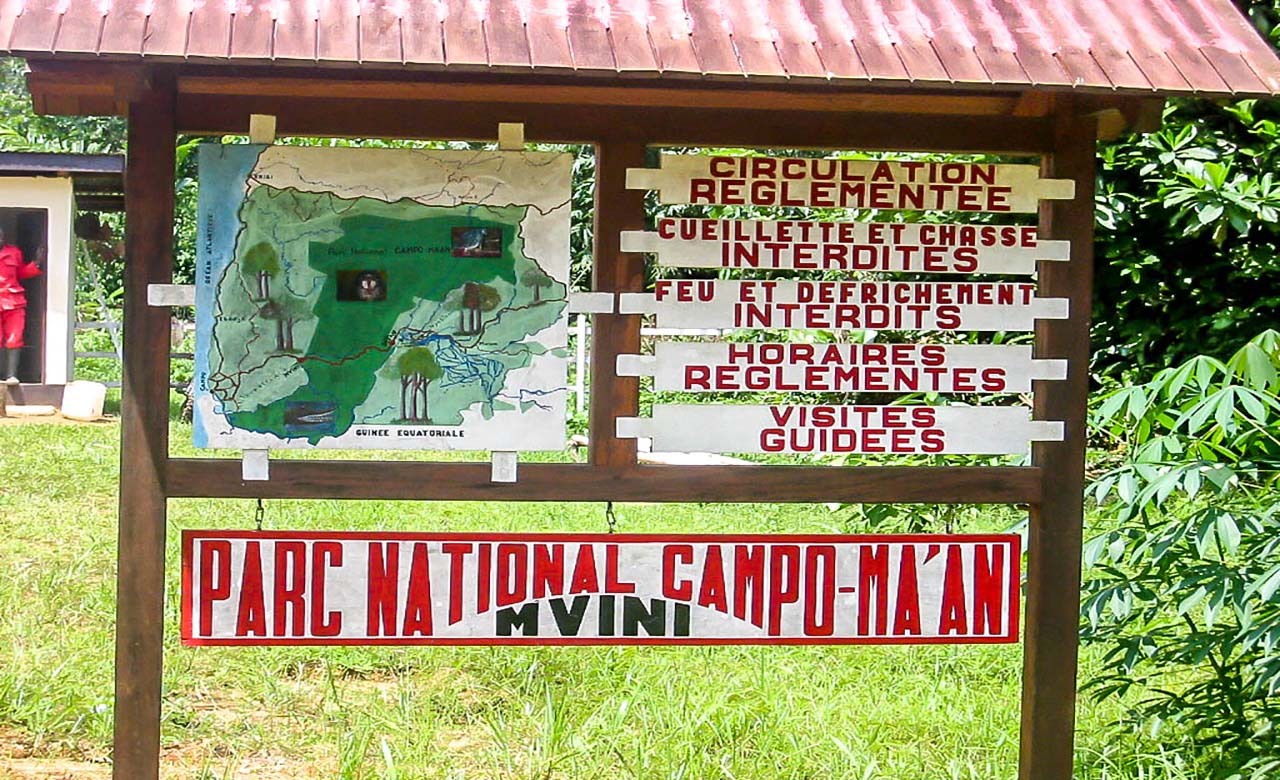
Located in the southern region near the Atlantic Ocean and about 150 kilometers from the town of Kribi, it was established in 1932 as a wildlife reserve and became a national park in 1980. The Campo wildlife reserve created in 1932 and the Ma’an production reserve created in 1980 were combined to form the park in 2000. It is located in the middle of the Pygmy region and covers an area of 264,000 ha. Today it is considered a UNESCO Biosphere Reserve and is characterized by dense tropical forest. Due to its large surface area and its large plant space,
the Campo-Ma ‘an National Park represents a natural phenomenon of exceptional beauty and aesthetic importance. In addition, it is full of German remains, followed by a rubber plantation and the iconic rocks of Dipikar. We also observe the Memve’ele waterfalls, the buffalo cave, the picatharte cave, the Dipikar mangrove. The park witnessed a refuge of several animal species during the Ice Age. The park contains the most representative natural habitats and the most important for the in situ conservation of biological diversity, including those where endangered species survive. Due to its isolation, which has long limited human disturbance, the Campo Ma’an reserve is one of the few areas that has been able to retain its ecological integrity. With its peripheral zone, integrated into the development plan, the site is large enough to ensure the integrity of the species it shelters.
Climate
The climate of Campo-Ma’an National Park and its peripheral zone is of the four-season coastal equatorial type unequal including two dry seasons and two rainy seasons, namely: a long dry season from late November to February, a small rainy season from March to May, a small dry season from June to mid-August, a long rainy season from mid-August to November. The humidity level remains high throughout the year, including in the dry season, which prevents the vegetation from drying out and protects it from bush fires.
Flora
The park presents about fifteen plant associations followed by 1,500 species of plants, including 114 endemic species among which 29 are known only in the Park and a great animal and biological diversity. It is located on a large landscape dominated by two main types of relief: the northern part covered by mountains and some plateaus and the southern part covered with hills and small valleys. The overall altitude is less than 200 m. The Park belongs to the domain of the dense humid Guinean-Congolese evergreen forest which keeps its greenery all year round. The most characteristic are: the Atlantic Biafran forests with Caesalpiniaceae with Aucoumea klainean occupying nearly 65% of the surface area of the Park from the North-West to the South-East, within which are found the rubber and oil palm agro-industries. These forests have hardly been disturbed; the relatively rare coastal Atlantic forests with Caesalpiniaceae, with Calpocalyx heitzii and Sacoglottis gabonensis cover about 10% of the area of the Park and run along the west coast of Dipikar Island to Ebodje; mixed, evergreen, Atlantic and semi-deciduous forests, with the predominance of evergreen Atlantic forests which cover about 15% of the Park’s surface starting from the North-West zone to the South-West periphery; submontane forests are scattered throughout the northern part of the Park to the south of the Akom II district; degraded forests are mainly scattered in agro-industrial zones along the coastal strip; swampy and periodically flooded forests run along the Ntem and Lobé rivers; low-lying internal mangroves with small Rhizophora racemosa and Pandanus satabiei are found in the Campo area. The Campo area was the refuge of Central African species during the last glaciation of the Quaternary period, hence its great diversity of fauna and flora. It is fairly representative of the area of dense humid Guinean-Congolese forest that is evergreen.
Fauna
The inventories carried out to date in the Campo-Ma’an National Park give the following indications: 80 large and medium mammals, 390 invertebrates, 112 species of reptiles in the park and the surrounding area; 6 of them are new species which makes the site one of the richest on the continent from a herpetological point of view. Three species of crocodiles: the African slender-snout crocodile (Crocodylus cataphractus), the Nile crocodile (Crocodylus niloticus) and the African dwarf crocodile (Ostealaemus tetrapis), which are endangered species listed on the IUCN Red List (2000). 80 species of amphibians including the Goliath frog (Conraua goliath), which is the largest frog in the world. 302 species of birds, 28 species of bats among which two endemic species in Cameroon, the Nycteris major, and the Hipposiderus curtus. The parc is also home to 18 species of primates including 13 diurnal and 5 nocturnal species, eight of the species are threatened. The exceptional character of the National Park is mainly due to the fact that it is the only mandrill habitat that enjoys protection status. It is also an important area for the conservation of chimpanzees, as well as an important refuge for lowland gorillas. The Park and its peripheral zone, including the maritime strip, are home to 249 species of fish representing 46% of the species already inventoried in Cameroon, including four known endemic species, and eight limited species in the Campo Ma’an area. Among the mammals of the Park, there are certain species of great importance, some of which are considered endangered (23 are on the IUCN red list) such as the giant pangolin (Manis gigantea), the African elephant (Loxodonta africana cyclotis), gorilla (Gorilla gorilla), leopard (Panthera pardus), the dwarf buffalo (Synerus caffer nanus) and the mandrill (Mandrillus sphinx). The park is home to more than 700 gorillas, 700 chimpanzees and 350 elephants.
Avifauna
Ornithological inventories have confirmed the presence of 302 species of birds, including 168 species partially or entirely confined to the biome of the Guinean-Congolese forests to which the park and its peripheral zone belong. This area is classified as an “area of importance for the conservation of birds” by the “Birdlife International” organization. The Park and its peripheral zone are home to two endangered species: the Bald Picatharte (Picathartes oreas) and the Bates Weaver (Ploceus batesi), two species with restricted distribution to the Atlantic forest of northern Gabon and southwest Cameroon; the Forest Swallow (Hirundo fuliginosa) and Rachel’s Malimbe (Malimbus racheliae) as well as 24 other species that are either endangered or rare.
The Dja Wildlife Reserve
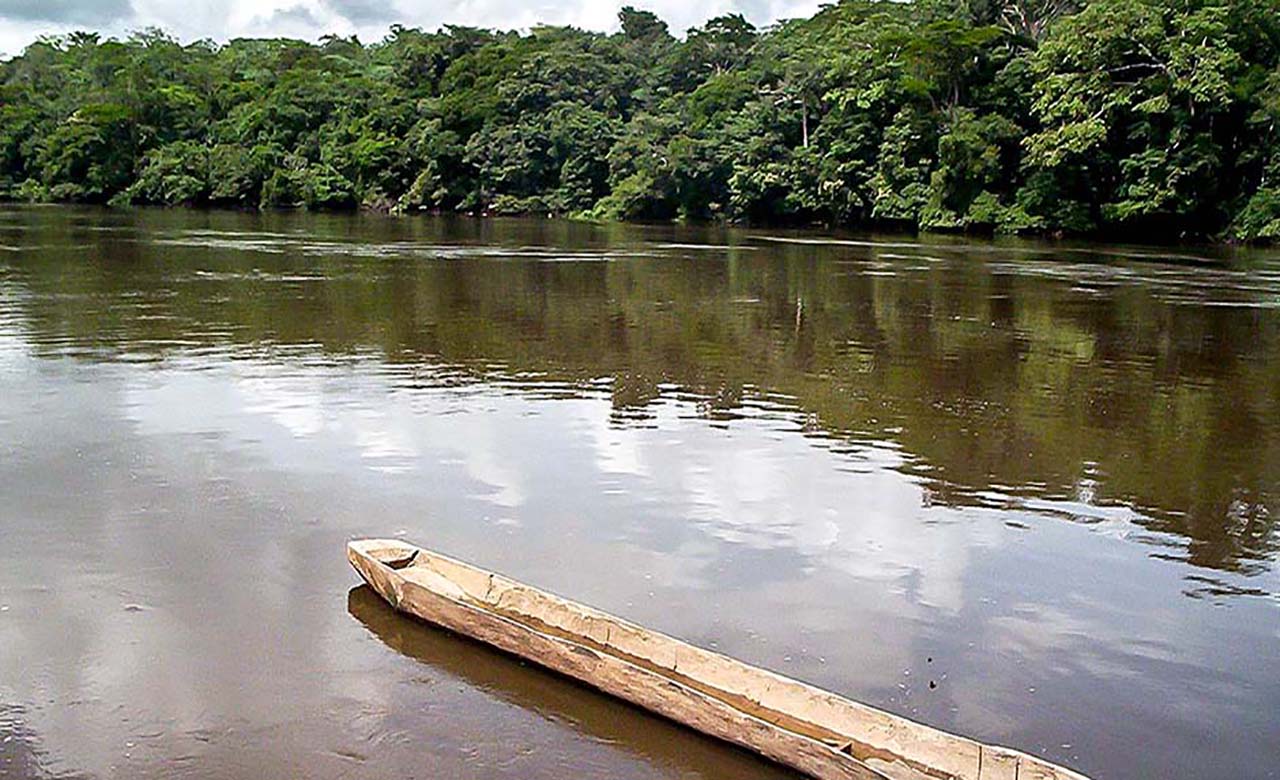
Located between the southern and eastern regions, the Dja reserve was created in 1950 and covers an area of nearly 526,000 ha. The Dja reserve is an integral part of the dense humid forests that make up the Congo Basin with a wealth of incredible animal and plant species. This vast ensemble constitutes one of the largest and best protected humid forests in Africa, 90% of its area is intact. The reserve is practically surrounded by the Dja river, which forms its natural limit and from which it takes its name. The reserve is especially remarkable for its biodiversity
and for the great variety of primates that live there. Due to the diversity of its species and its state of conservation, Unesco decided in 1987 to include it as a World Heritage Site. Together with Odzala-Kokoua National Park (Republic of Congo) and Minkébé National Park (Gabon), it forms the TRIDOM or TRInationale of Dja. Nature lovers will be delighted to discover a remarkable natural wonder of Africa and Cameroon in particular.
Climat
The tropical climate is characterized by an alternation of 4 seasons, including two rainy seasons and two dry seasons. A rainy season from September to November, a dry season from November to March, a rainy season from March to June and a dry season from July to August. Its relative humidity varies between 60 and 90% while the annual precipitation is 1500 mm. Average monthly temperatures range from 23.1 ° C to 25 ° C, with an annual average of 24 ° C.
Flora
The natural vegetation consists of evergreen semi-deciduous and Atlantic forests. The forest is severely degraded around the tracks, due to pressure from housing and agriculture. Industrial logging is highly developed in the region, which is home to five industrial logging companies. These companies actively exploit a large number of logging concessions. Rainfall is very abundant there, so it has favored marshy environments and the specific plants that grow there such as Raphia palms.
Fauna
Of exceptional universal value, the reserve is especially remarkable for its biodiversity, it is home to 107 species of mammals, including a few endangered species, including the African forest elephant (Loxodonta africana), estimated to be around 420 specimens, the bongo, the giant pangolin, the leopard, around 14 species of primates including several endangered like the western lowland gorilla (Gorilla gorilla), the chimpanzee (Pan troglodytes), the white-collared mangabey, the drill and the mandrill. An inventory carried out at the end of 2015 estimated the number of gorillas living in the reserve at around 6,500 individuals and 3,600 chimpanzees. The reserve is also home to more than 60 species of fish and around 360 species of birds including the Gabonese gray parrot (Psittacus erithacus) and the world’s largest population of Cameroon picathartes (Picathartes oreas) which are two endangered species.
Populations
Five ethnic groups coexist in the district of Djoum (around the Dja reserve): the Baka, the Kaka, the Boulou, the Fang and the Zaman. The Bantu (Boulou, Fang and Zaman) are sedentary people who have settled along the tracks, in villages whose number of inhabitants rarely exceeds 400 people. The Baka are a pygmy tribe, forest people of Central Africa living in Cameroon and Gabon. In the countries covering the Congo Basin, their number is close to 40,000 individuals. They live by hunting, fishing and gathering.They collect forest products such as medicinal herbs, food plants and more. The Baka are considered the oldest forest dwellers in Cameroon. Traditionally, they live in small encampments in the forest and their life is strongly linked to the exploitation of forest resources. Agriculture and commercial hunting are prohibited there, but traditional hunting is authorized for the pygmy populations because it is their main means of supplying animal proteins.
Benoue National Park
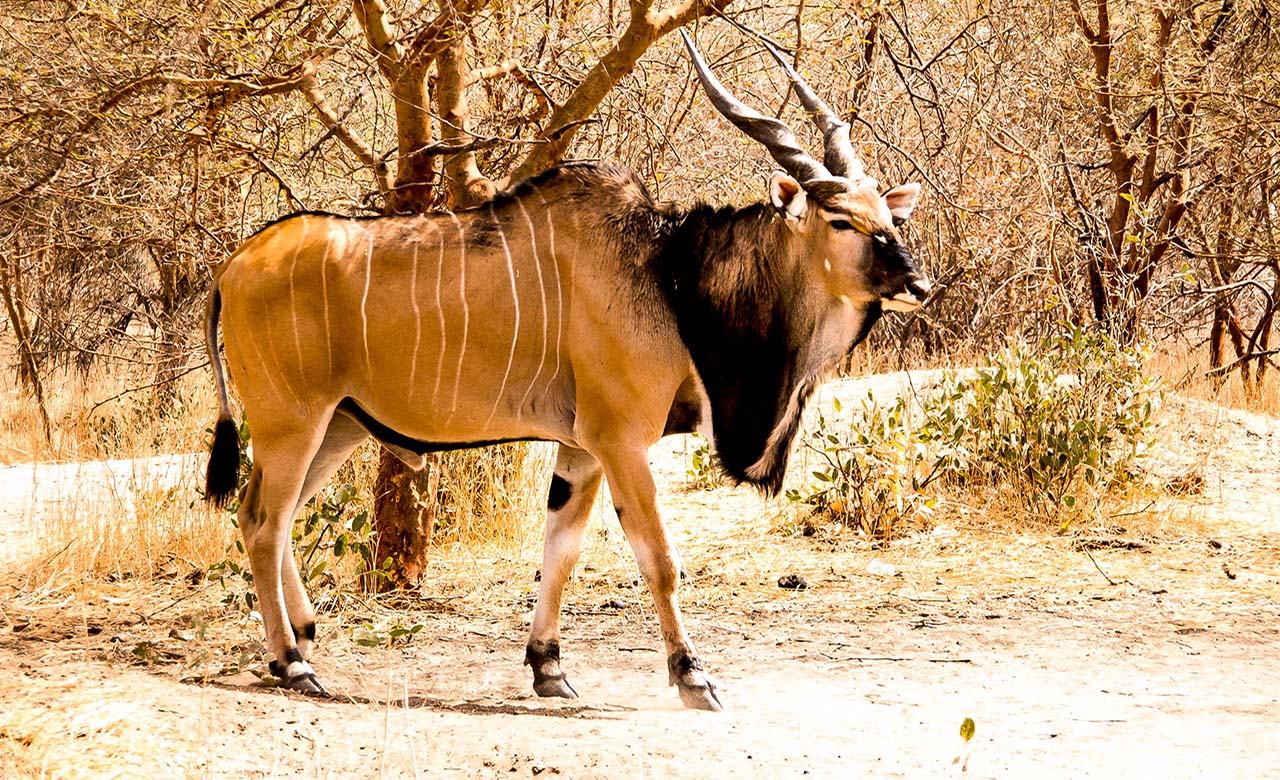
Bénoué River, which stretches for more than 100 km thus forming its eastern limit. The elevation of the park ranges from 250 to 760 m above sea level, the highest elevations are characterized by large rock massifs, while the undulating plain and forest characterize the lower sections. The National Park is surrounded by nine specially equipped hunting reserves with a rich and varied fauna. The park and its peripheral zone present a relatively rugged relief with a system of hills separated from each other by plains. The dry and tourist season is around February, it is the period during which the tall grass is burnt, which favors a better view of the fauna from a distance. The level of the river drops, herds of buffaloes, waterbucks, hartebeest, Damaliscus, Buffon cobs, and Derby elands gather around the water points.
Climate
The Benoué National Park enjoys a Sudano-Guinean type climate characterized by seasons of equal importance: a six-month rainy season from late April to mid-October and a dry season from November to April during from which no rain is observed. The region receives between 1,000 and 1,250 mm of precipitation per year. The rainiest months are August and September, the annual average temperature is 28 ° C.
Hydrography
The hydrographic network of the area is essentially made up of the Bénoué which is the only waterway in the region and of which two tributaries, the mayo Mbam and the Na, largely drain the park.
Flora
The habitat of the Bénoué National Park is essentially characterized by wooded meadows. It includes several types of Sudanese woodlands such as forest dominated by Isoberlinia and other woodlands in the south-central, to shorter and more open mixed wooded grasslands in the north, dry Anogeissus forest, riparian forest semi-evergreen and thickets along the Bénoué and its major tributaries.
Fauna
The Benoué Park is home to an extremely rich and varied fauna. It is home to Lions, Elephants, Baboons, guinea pigs, elks, warthogs, crocodiles, buffaloes, Hippotragus, hippos, hyenas, giraffes, panthers, antelopes, guinea pigs several species of primates such as large Cynocephalus, patas, small red monkeys and many other species. The predominant large ungulates in the park are antelopes such as the kob, the western hartebeest, the giant elk, which Africa’s largest antelope as well as the African buffalo. Much less common than in the Faro National Park, the wild dog is also represented. The park is also known for its hippo colonies, hippos and crocodiles are common in the rivers of the park. The park has been recognized since 2005 as a lion conservation unit, in 2011 the lion population was estimated at 200 adult specimens. It is also an area of importance for birds, there are about 306 bird species and 75 species of fish. During the dry season, sandbanks exposed by fluctuating levels of the sandy Bénoué River provide habitat for plovers and other water birds. Common species include the Adamawa Dove, Crocodile Bird, Rufous-throated Bee-eater, Red-winged Gray Warbler, Stony Partridge, and the Violet Turaco.
FARO National Park
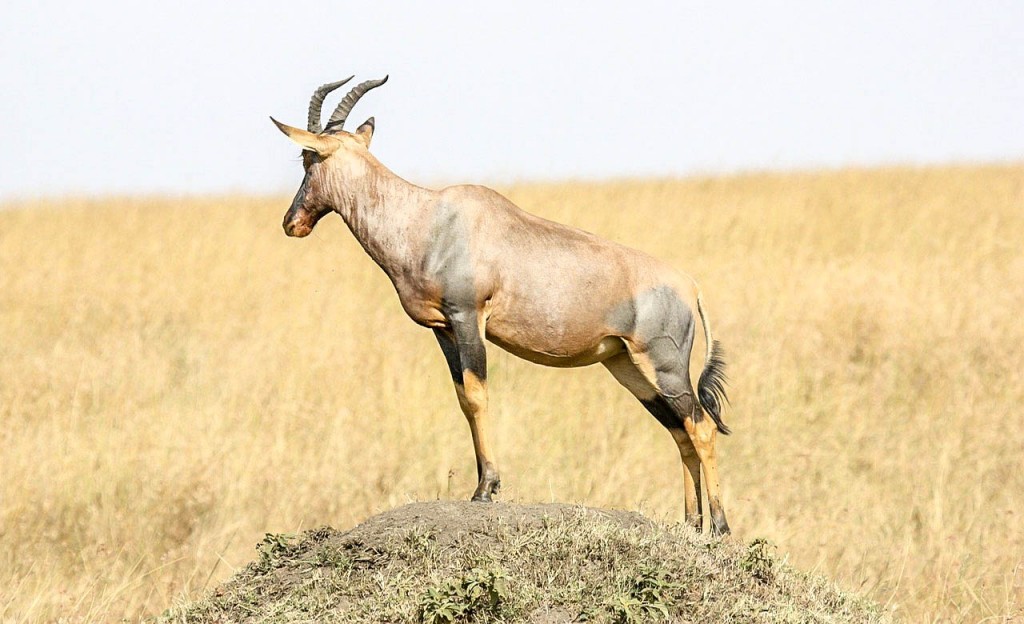
Located in the northern region near the border with Nigeria, it was established in 1947 as a wildlife reserve and became a national park in 1980. It covers an area of 330,000 ha and is part of the Sudanese savannah. The park is located at an altitude of between 620 m and 900 m and has a relief made up of plateaus and mountains. The park is surrounded by two aquifer rivers that irrigate the park throughout the year. To the northeast flows the Faro and to the west the Deo, both flow into the Faro in the northern part of the park. The park
has areas classified by BirdLife International as Important Bird Areas. Since its creation, this park has been the subject of constant development and contains most of the animal species that are of great interest to tourism.
Climate
The Faro National Park enjoys a Sudano-Guinean type climate characterized by seasons of equal importance: a six-month rainy season from late April to mid-October and a dry season from November to April during from which no rain is observed. The region receives between 1,000 and 1,250 mm of precipitation per year. The rainiest months are August and September, the annual average temperature is 28 ° C.
Flora
The vegetation, which is similar to that of the Benoué Park, is made up of alternating savannas and wooded areas. This park is rich in diverse species with the main species: isoberlinia doka, burkea africana, combretum spp, anogeissus leicarpus, afzelia africana, cassia spp according to Letouzey (1968), the Faro national park is part of the large group of Sudanese tree savannas.
Fauna
The park has a very diverse birdlife. During a census carried out by BirdLife International, approximately 300 species of birds were inventoried. The avifauna has many species such as the white-crested turaco (Tauraco leucolophus), the Abyssinian roller (Coracias cyanogaster), the bearded barbet (Lybius dubius), Brown-rumped sparrow (Emberiza affinis), the Senegalese tit (Anthoscopus parvulus), red warbler (Drymocichla incana) and the Abyssinian hornbill.The parc is also home to 33 species of mammals including cheetah, lions, elephants, buffaloes, harnessed bushbuck, elephants, rhinos, hippos, hippotragus, giraffes, defassa cobs, Derby elands, damaliscus, warthogs, black rhinoceros (Diceros bicornis), cheetahs, guinea pigs, white rams, hartebeest, horses, several species of reptiles and primates.
KALAMALOUE National Park
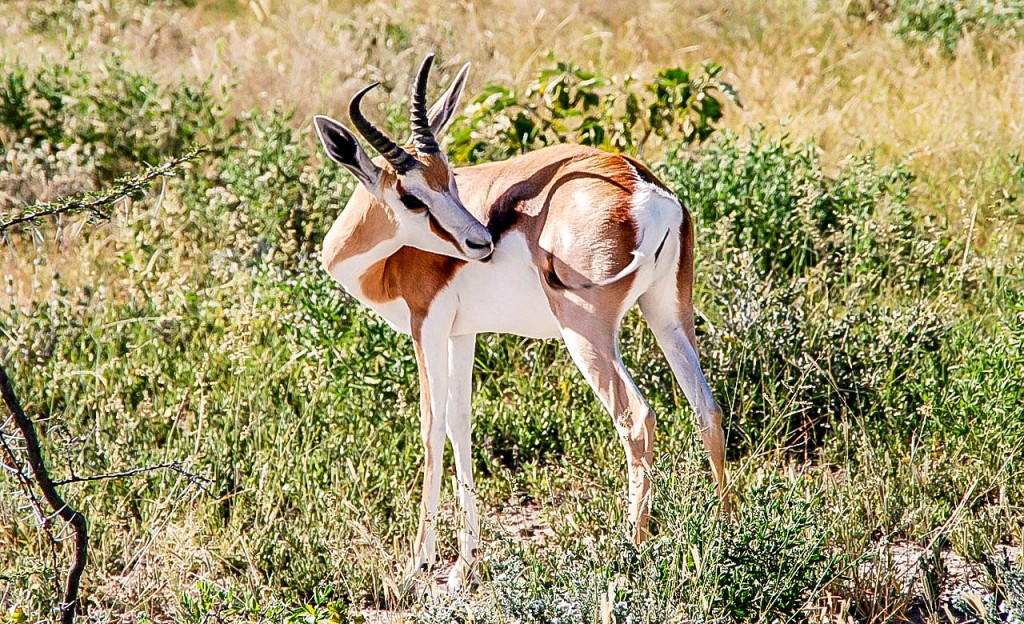
Located in the northernmost region, 70 km from Lake Chad, it was created in 1948 and covers an area of 45,000 hectares. The savannahs are in abundance here due to the desert climate. The fauna consists of hippos, elephants, various species of monkeys, gazelles and golden jackals.
The Pongo Monkey Island
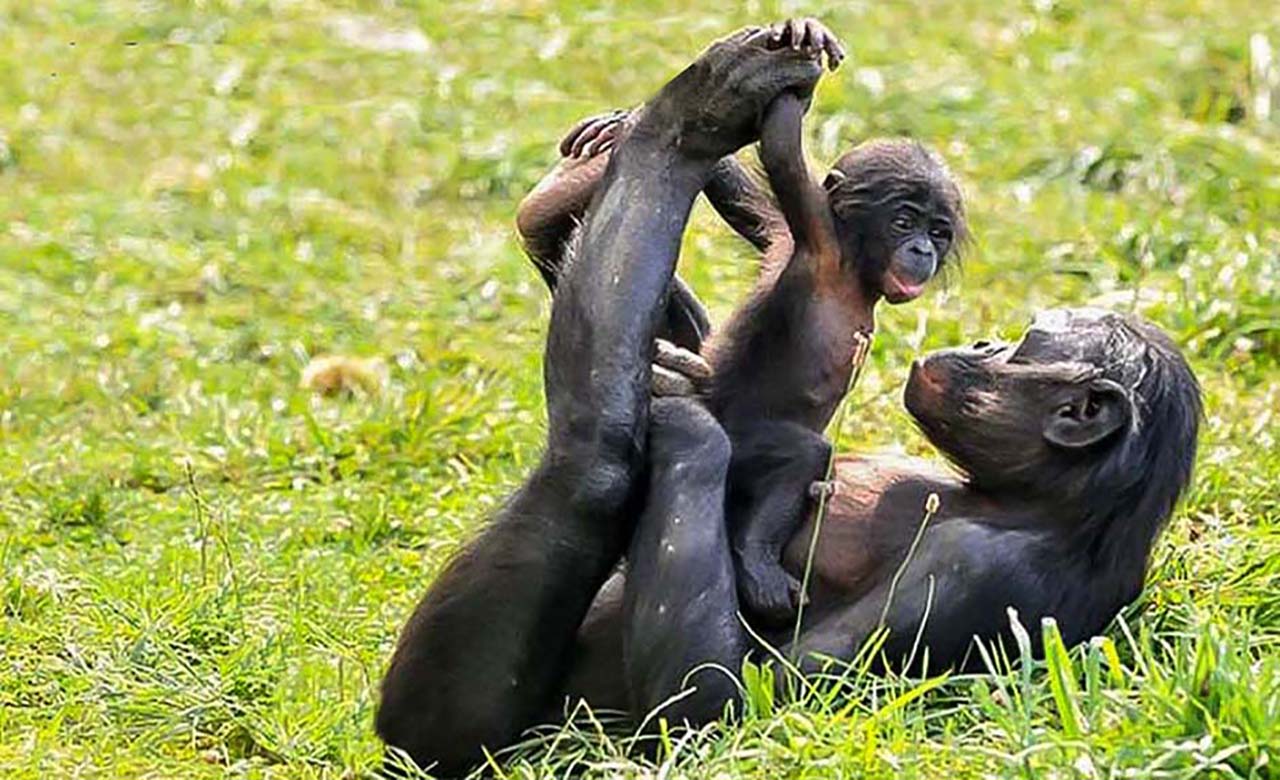
The Pongo Monkey Island is located in the Littoral region near Edea and is bordered by the Sanaga River. The association Papaye has a mission to protect the chimpanzees of the region. Tourists, researchers can live a unique experience in the company of chimpanzees. The island also offers the opportunity to walk aboard canoes on the Atlantic Ocean and relax on its wonderful beaches. A visit generates the necessary resources for the protection and survival of the animals.
MEFOU National Park
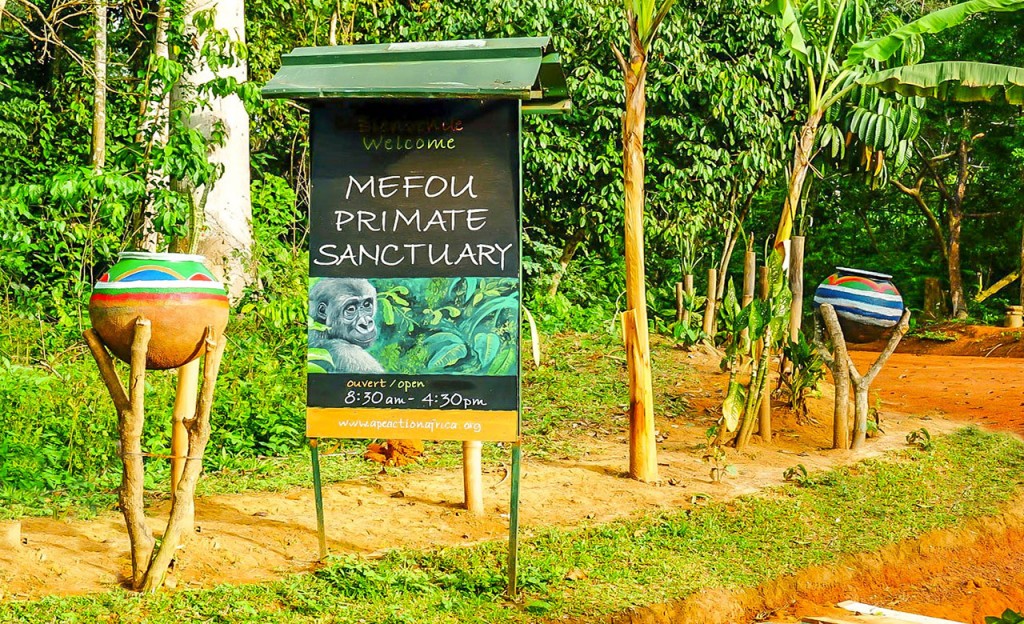
Mefou National Park is located about one hour from the city of Yaoundé. It was created in 1999 as a cooperation project between the Cameroonian government and the NGO CWAF (Cameroon Wildlife Aid Foundation) with the aim to provide shelter to primates found in the region. It covers an area of 1,050 hectares and serves as a transition site, most of these animals are released into their original habitat. There are found many species of primates such as baboons, mandrills, mangabey, gorillas, chimpanzees, and talapoins which are among the
smallest monkeys in Africa. The Mefou National Park is also indicated for bird watchers. A visit to the Mefou National Park generates useful resources for the survival and the improvement of living conditions for animals.
The Douala-Edea Reserve
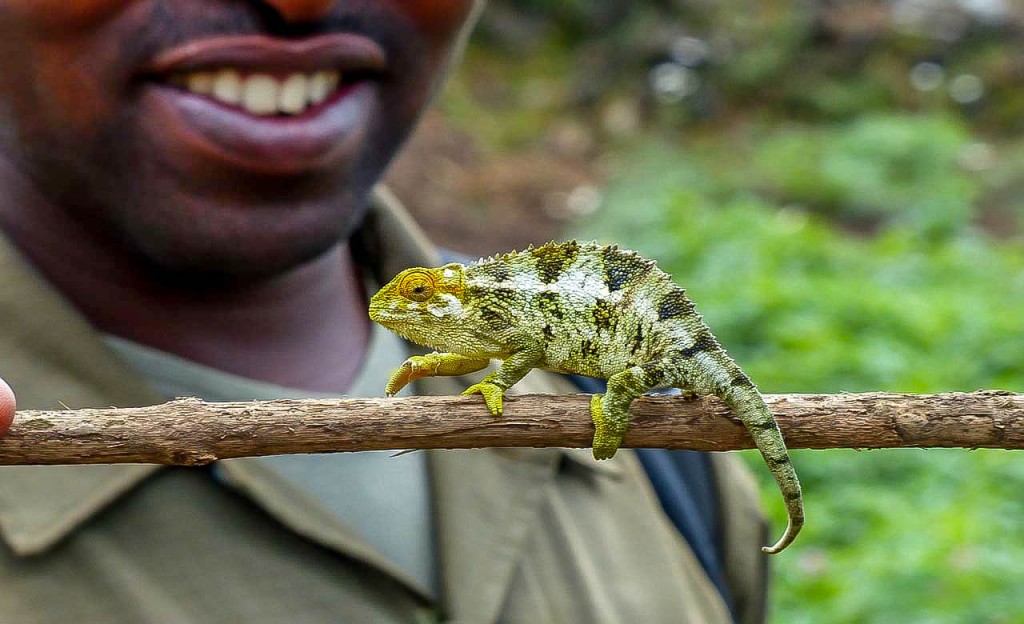
Located in the Littoral region, precisely in the Sanaga Maritime, the Douala-Edéa reserve was created in 1932. It covers an area of 160,000 ha, it is the area par excellence of the Cameroonian mangrove and aquatic animals. It provides a natural and appropriate context for ecotourism and has an exceptional biodiversity. It is home to elephants, several species of primates, antelopes, sea turtles, dolphins, manatees, crocodiles, many fish species, birds and many other animal and plant species.
Limbé Wildlife Center

The Limbe Wildlife Centre was established in 1993 as a cooperation project between the Cameroonian government and NGO’s Pandrillus Foundation with the aim to provide shelter to the primates of the region. The limbe wildlife Centre is today home to about 15 species of primates, including gorillas, chimpanzees, mandrills, several species of birds, reptiles, and most of these animals are released back into their original habitats. The Limbe Wildlife centre receives about 45,000 visitors a year, strengthening the importance of the development of
environmental awareness to the population. A visit to the Limbe Wildlife Centre generates useful resources for the survival and the improvement of living conditions for animals.
